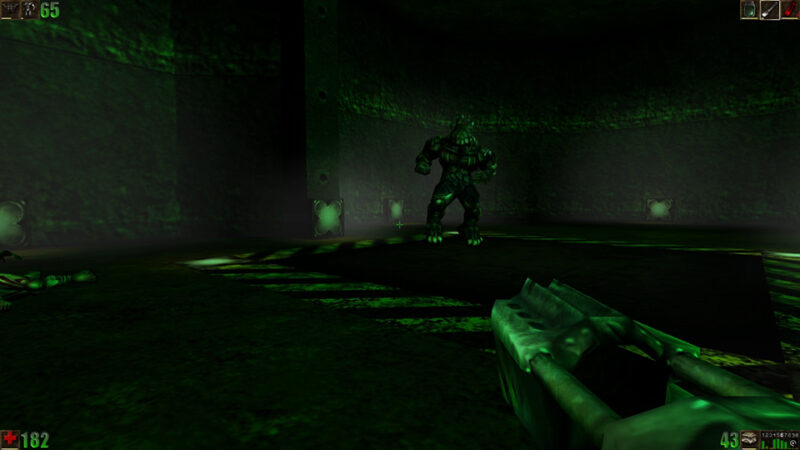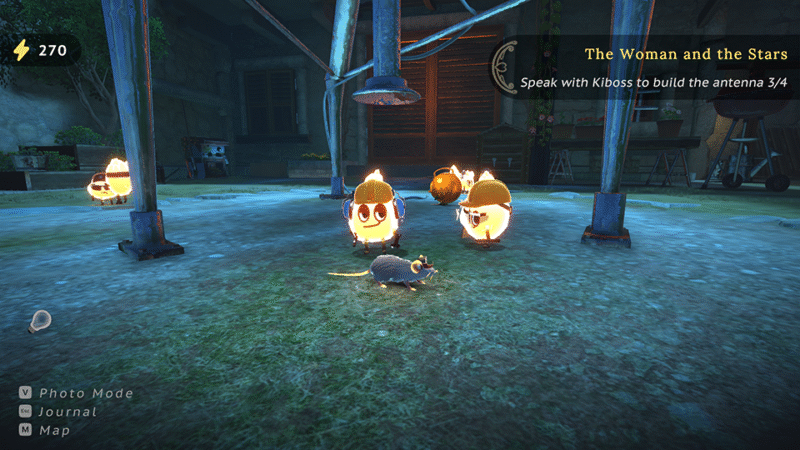Unreal II: The Awakening on PC
I was always under the impression that Unreal games continued to be released over the years, but, apparently, this the only mainline sequel. I can see why they stopped. For starters, this game is well-nigh unplayable if you don’t use a speed hack. The original was a fast and twitchy “boomer” shooter but this one plays like you’re traversing a mayonnaise planet.
Thankfully, increasing player speed is just a matter of editing a .ini file. Unfortunately the game remains pretty forgettable even after the fix. Unreal had a very distinct, otherworldly feel but, for the most part, the sequel is just standard space-marine stuff. It only starts to get close to the feeling of the first game in the final couple of levels: one in which you explore a weird alien structure, and the other that plays around with gravity. The remaining 80 percent of the game is just walking through military bases looking for the artifact contained in each.
There was a concerted effort to inject story and character development through conversations with your shipmates. They each force you to listen to their backstories through unskipable dialogue trees. This is not the best narrative device but it serves its purpose in forcing a tiny bit of drama during the final downer ending.The themes lean hard into the Star Trek II “needs of the many” trope, but seem to forget the whole bit about self-sacrifice. The game ends with you shooting an adversary in stomach all while your low poly character model grins his painted on smile. No chance for redemption. Just Blammo! and walk away.














